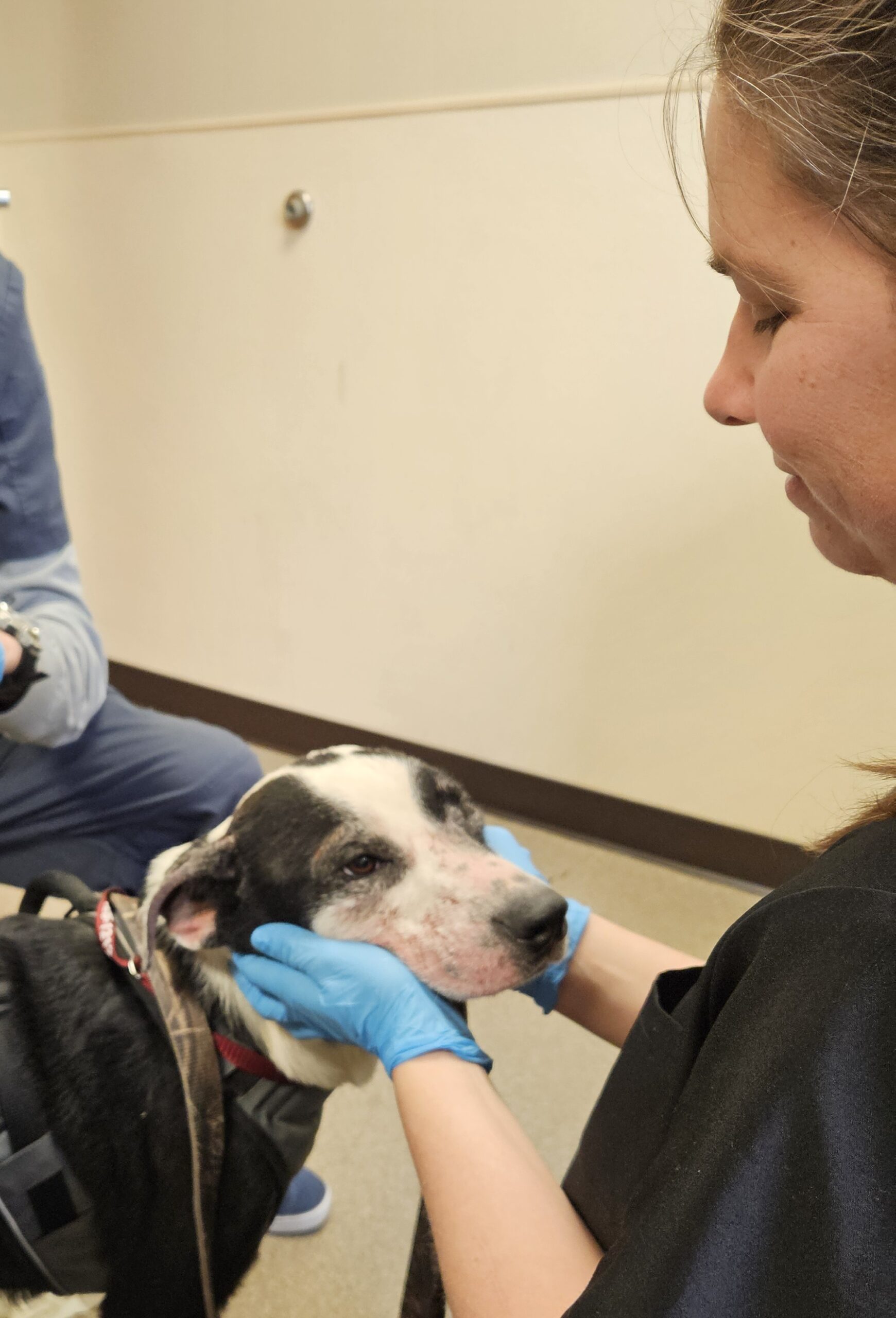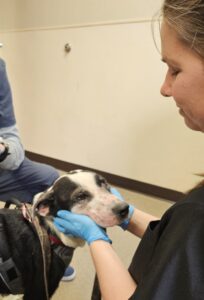Spring Allergies in Pets: What to Know in Central Indiana
Just like humans, pets can suffer from seasonal allergies — but unlike us, their symptoms often show up through their skin instead of nasal congestion. With spring in full swing across Central Indiana, Town and Country Animal Hospital is seeing an uptick in allergy-related visits. Understanding the type of allergy affecting your pet is the first step toward relief. Let’s walk through the three most common types of allergies and how Dr. Busick and our dedicated staff diagnose and treat them.
Atopy: Environmental Allergies
Atopy is the most common type of allergy in pets. It’s caused by a hypersensitivity to substances like pollen, dust mites, or mold — allergens that pets either breathe in or touch. Diagnosis typically involves ruling out other conditions and monitoring clinical signs. Atopy often leads to secondary infections of the skin and ears.
Clinical Signs of Atopy:
- Itching (pruritus)
- Red, inflamed skin
- Commonly affected areas: face, ears, belly, elbows, feet, under the tail
- Often worsens with exposure to grass, rugs, or carpets
- May be seasonal
- Usually appears between 6 months to 3 years of age
Diagnosis & Treatment:
- Diagnosis of exclusion
- Treatments include:
- Apoquel or Cytopoint injections
- Immunomodulators
- Steroids (for severe flare-ups)
- Allergy shots (immunotherapy)
- Omega 3 & 6 supplements
- Management of secondary skin or ear infections
Flea Allergy Dermatitis
Flea allergy dermatitis is extremely common, especially in pets not on consistent flea prevention. Even a single flea bite can trigger a major reaction in sensitive pets. The irritation usually targets the back half of the body — particularly the base of the tail.
Clinical Signs:
- Itching and redness, especially around the rear
- Symmetrical hair loss in cats
- Often seasonal
- Can affect pets of any age
Diagnosis & Treatment:
- Strongly suspected if pet has no flea prevention and shows typical signs
- Treatment includes:
- Effective flea control products (may include a repellent and a kill-on-bite product)
- Environmental treatment of the home
- Treating all pets in the household
- Managing secondary skin infections
Food Allergies
Though less common, food allergies are another source of chronic skin issues. Pets may be allergic to specific proteins, not grains. Contrary to popular belief, grain-free diets are not recommended unless specifically directed by your veterinarian. Diagnosing a food allergy requires a strict diet trial — over-the-counter test kits are not reliable.
Clinical Signs:
- Persistent itching
- Redness and skin infections
- Frequently affected areas: ears, face, legs, belly, under the tail
- Possible GI symptoms: vomiting, diarrhea, gas, or increased bowel movements
- No seasonality
- Can start at any age
Diagnosis & Treatment:
- Diet elimination trial (12 weeks, using novel or hydrolyzed protein diet with NO outside treats or food)
- Veterinary-prescribed diets are crucial to avoid allergen contamination
- May require supportive treatments during the trial to control symptoms
When to Call Us
Many signs of allergies overlap, which can make diagnosis complex. Plus, itchy skin can result from other conditions beyond allergies. If your pet is scratching, chewing paws, or shaking their head, don’t wait — book a consultation with Dr. Busick and our experienced team. We’ll walk you through our diagnostic approach and help bring relief to your pet.
Think your pet may have allergies? Call Town and Country Animal Hospital today at (317) 326-1212 to schedule an appointment or request a consultation through our website. We proudly serve the Indianapolis metro area and Central Indiana with compassionate, expert care.



